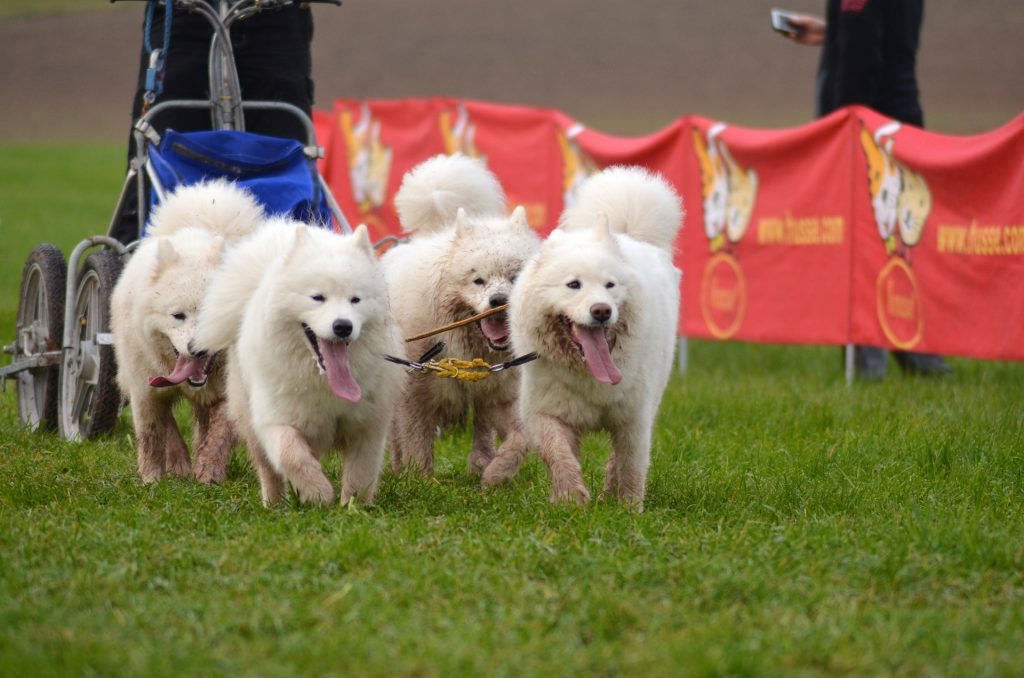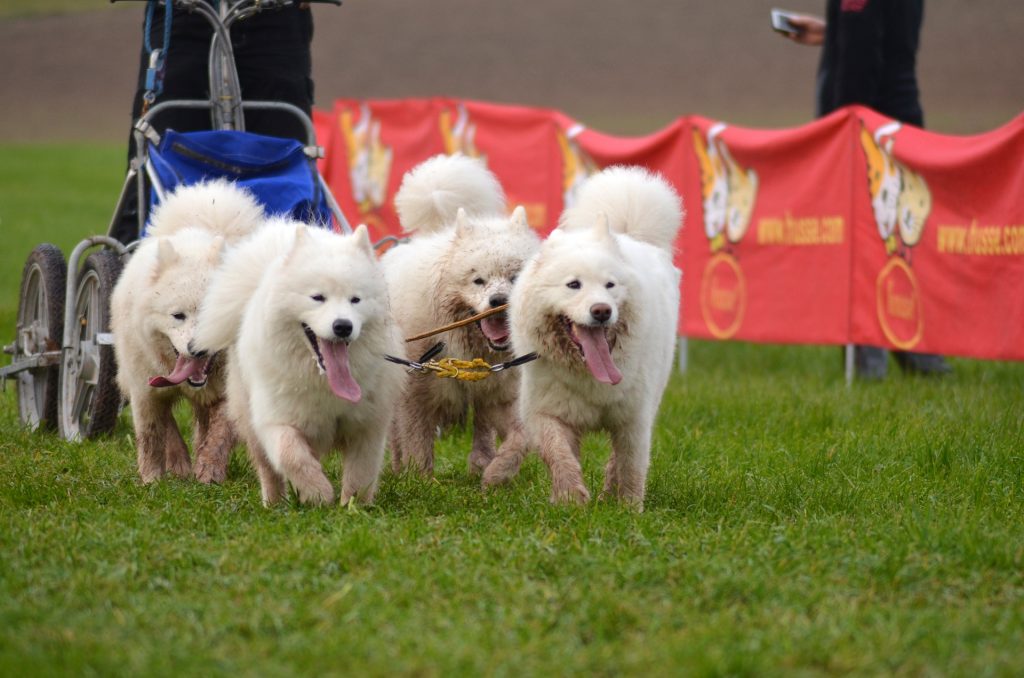Kari Lilja, TkT, Erikoistutkija; Sirpa Sandelin, TkT, Yliopettaja
English version: Click the link
Näin totesi kokenut ja monissa liemissä keitetty toimitusjohtaja minulle, kun kerran keskustelimme hänen yrityksensä tilanteesta, ja siitä, kuinka henkilökunta tunsi olonsa epävarmaksi jatkuvien muutosten pyörteessä. Ensin oli tullut omistajanvaihdos, sitten uudet toimitilat, uusia työkavereita, uusia tuoteryhmiä ja uudet IT-järjestelmät. Ja kaiken tämän ympärillä Suomi syöksyi noususuhdanteen huipulta suoraan yhdeksänkymmentäluvun laman pyörteisiin. Puuskahduksellaan hän tarkoitti, että maailma ympärillämme on jatkuvassa muutoksen tilassa, että me muutumme itsekin kaiken aikaa ja että ehdotus tilanteen vakiinnuttamisesta hetkeksi on puhdasta utopiaa.
Vakaata tilaa ei ole.

Luonnollisesti hän oli tässä oikeassa. Yksikään hetki ei ole edellisen kaltainen. Muutos, on se sitten kehitystä, edistystä tai degeneroitumista, on jatkuvaa, kaiken kattavaa ja pysäyttämätöntä. Mutta oikeassa oli myös se kolmas keskustelija, työntekijöiden edustaja, joka toi johdolle työntekijöiden viestin siitä, että ihmisten jaksaminen alkaa olla lopussa, sietokyky on ylitetty ja ihmisille pitäisi taata työrauha kaikkien muutosten jälkeen. Siinä, missä toimitusjohtaja näki asian asennekysymyksenä, työntekijät kokivat jatkuvan kiireen, stressin ja kasvavan uupumuksen olevan seurausta jatkuvista muutoksista, paineesta, aikapulasta, joka ei sallinut uusien järjestelmien opettelua ja koko ajan liian pienistä resursseista – siis sanalla sanottuna huonosta johtamisesta.
Kummallakin osapuolella oli oikeutettu ja perusteltu näkemys tilanteesta, eikä kumpikaan pystynyt kiistämään toisen osapuolen näkemystä. Silti näkemykset erosivat kuin yö ja päivä. Tilanne on varsin tuttu jokaiselle, joka on ollut mukana yrityskauppaan liittyvässä haltuunotossa, ICT-projektissa tai muussa isossa yritysmaailman hankkeessa.

Mutta miksi tuo pitkälti yli kolmenkymmenen vuoden takainen keskustelu tuli mieleeni juuri nyt?
Viime viikolla valmistelin Dig-Con –hankkeen koulutukseen liittyvään työkirjaan lukua muutoksesta, muutosvastarinnasta ja muutosjohtamisesta, ja alan kirjallisuutta seuloessani törmäsin yhä edelleen tarinoihin, jotka osoittavat, ettei sen enempää muutoksen ikiaikaisuuteen kuin ihmisen selkäytimeen koodattuun turvallisuuden kaipuuseenkaan kiinnitetä vieläkään riittävästi huomiota. Muutosvastarinta, joka on tuon turvallisuuden kaipuun ilmentymä, nähdään liian helposti vain ilmiönä, joka on kitkettävissä ja kitkettävä pois. Muutosjohtamisen alla listataan lukuisilla viiden – kahdenkymmenen pointin listoilla keinoja vastarinnan nujertamiseen, mutta vain harva kirjoittaja on tähän mennessä todennut muutosvastarinnan olevan olennainen osa muutosprosessia, ja vielä pienempi joukko on huomannut, kuinka vastarinnan voi kääntää muutosta auttavaksi voimaksi.
Tärkeintä on ymmärtää, ettei muutosvastarintaa voi selittää eikä torjua järjellä. Ei järkeen vetoamalla eikä tosiasioilla perustelemalla. Vastarinta on tunteiden temmellyskenttä, jossa suru kuvitelluista ja todellisista menetyksistä, erilaisten uhkakuvien nostamat pelot ja toisaalta uteliaisuus ja toivo kamppailevat keskenään. Suru vaatii aikaa, surutyö on tehtävä, on surun kohde sitten kuinka todellinen, läheinen tai etäinen tahansa. Kun surutyö on tehty, katse suuntautuu tulevaisuuteen, ja uhkakuvat, ne, jotka eivät toteutuneet, jäävät taakse. Ihminen tarttuu uusiin tehtäviin, ottaa vastaa uusia haasteita ja tulee osaksi muutosta. Muutosjohtaminen on muutosprosessin johtamista ja ohjaamista, jossa muutosvastarinnan huomiointi on yksi osatehtävä.
Osatehtävä, jossa ennakoinnilla ja varautumisella on hyvin tärkeä rooli.

Kun tulevista muutoksista ja niiden syistä ja seuraukista puhutaan etukäteen, riittävän avoimesti ja rehellisesti, surutyötä tukien ja pelkoja kuunnellen, ihmiset, joita asia koskee, saavat aikaa. Aikaa surra, aikaa miettiä, hakea vastauksia, pohdiskella, tehdä surutyötä. Jos surutyö on tehty jo ennen varsinaista H-hetkeä, ihmisiltä vapautuu huomattava määrä energiaa muutoksen tarvitsemiin tehtäviin ja toimiin.
Muutosvastarinta on käännetty muutosvoimaksi.

Edellyttäen, että ihmisillä on riittävästi voimia, henkisiä resursseja ja jaksamista. Edellyttäen, ettei organisaatiota ole jo etukäteen ajettu liian tiukoille, kuristettu ja näivetetty. Se kun ei ole muutosjohtamista vaan pikemminkin työsuojelun piiriin kuuluva ongelma.
Change is a constant state.
This is what an experienced and seasoned CEO told me when we once discussed the situation of his company, and how the staff felt insecure in the whirlwind of continuous changes. First there was a change of ownership, then new premises, new colleagues, new product groups and new IT systems. And around all this, Finland plunged from the peak of the boom straight into the vortex of the 1990’s depression. With his comment, he meant that the world around us is in a constant state of change, that we ourselves are changing all the time, and that the proposal to stabilize the situation for a while is pure utopia.
There is no stable state.

Naturally, he was right about this. No moment is like the last. Change, let it be development, progress, or degeneration, is constant, all-encompassing, and unstoppable. But the third participant in the discussion, the representative of the employees, who brought the employees’ message to the management that people’s endurance is starting to run out, tolerance has been exceeded and people should be guaranteed working peace after all the changes, was also right. While the CEO saw it as an attitude issue, the employees felt that the constant rush, stress, and growing exhaustion were the results of constant changes, pressure, lack of time, that did not allow learning new systems, and all the time too little resources – in other words, bad management.
Both sides had a legitimate and justified view of the situation, and neither could dispute the other side’s view. Still, the views differed like night and day. The situation is quite familiar to everyone who has been involved in a takeover related to a business transaction, an ICT project, or another big project in the corporate world.

But why did that conversation, had more than thirty years ago, came to my mind just now?
Last week, I prepared a chapter concerning change, resistance to change and change management for the training workbook of the Train the Trainer -course of Dig-Con project, and while sifting through the literature in the field, I kept coming across stories that show that neither the immemorial nature of change nor the longing for security coded in the human spinal cord is still given enough attention. Resistance to change, which is a manifestation of that longing for security, is too easily seen only as a phenomenon that can be uprooted and eradicated. Under change management, numerous lists of five to twenty points list ways to overcome resistance, but so far only a few authors have stated that resistance to change is an essential part of the change process, and an even smaller number have noticed how resistance can be turned into a force that helps change.
The most important thing is to understand that resistance to change cannot be explained or tackled with reason. Not by appealing to reason or by justifying with facts. Resistance is a playground of emotions, where grief from imagined and real losses, fears raised by various threats, and on the one hand curiosity and hope struggle with each other. Grief takes time, grief work must be done, no matter how real, close or distant the object of grief is. When the grieving work is done, the gaze is directed to the future, and the threatening images, the ones that did not materialize, are left behind. People take on new tasks, take on new challenges and become part of the change. Change management is the management and control of the change process, where consideration of resistance to change is one part of the task.
A partial task where anticipation and preparation play a very important role.

When future changes and their causes and consequences are talked about in advance, sufficiently openly and honestly, supporting grief work and listening to fears, the people affected get time. Time to mourn, time to think, search for answers, reflect, do grief work. If the grief work has already been done before the real zero-hour, people will release a considerable amount of energy for the tasks and actions needed for the change.
Resistance to change has been translated into a force for change.

A little boost… Image by Beate from Pixabay.
Provided that people have enough strength, mental resources, and endurance. Provided that the organization has not already been pushed too tight, strangled, and withered. It – on its site- is not change management, but rather a problem that falls under the scope of occupational health and safety.
Artikkeli on kirjoitettu Euroopan unionin Erasmus+ -ohjelman rahoittaman Dig-Con -hankkeen puitteissa. Vastuu artikkelissa esitetyistä näkemyksistä on yksinomaan kirjoittajilla.
This article was written in the framework of the Dig-Con-project funded by the European Union’s Erasmus + program. The sole responsibility for the views expressed in this article lies with the authors.

